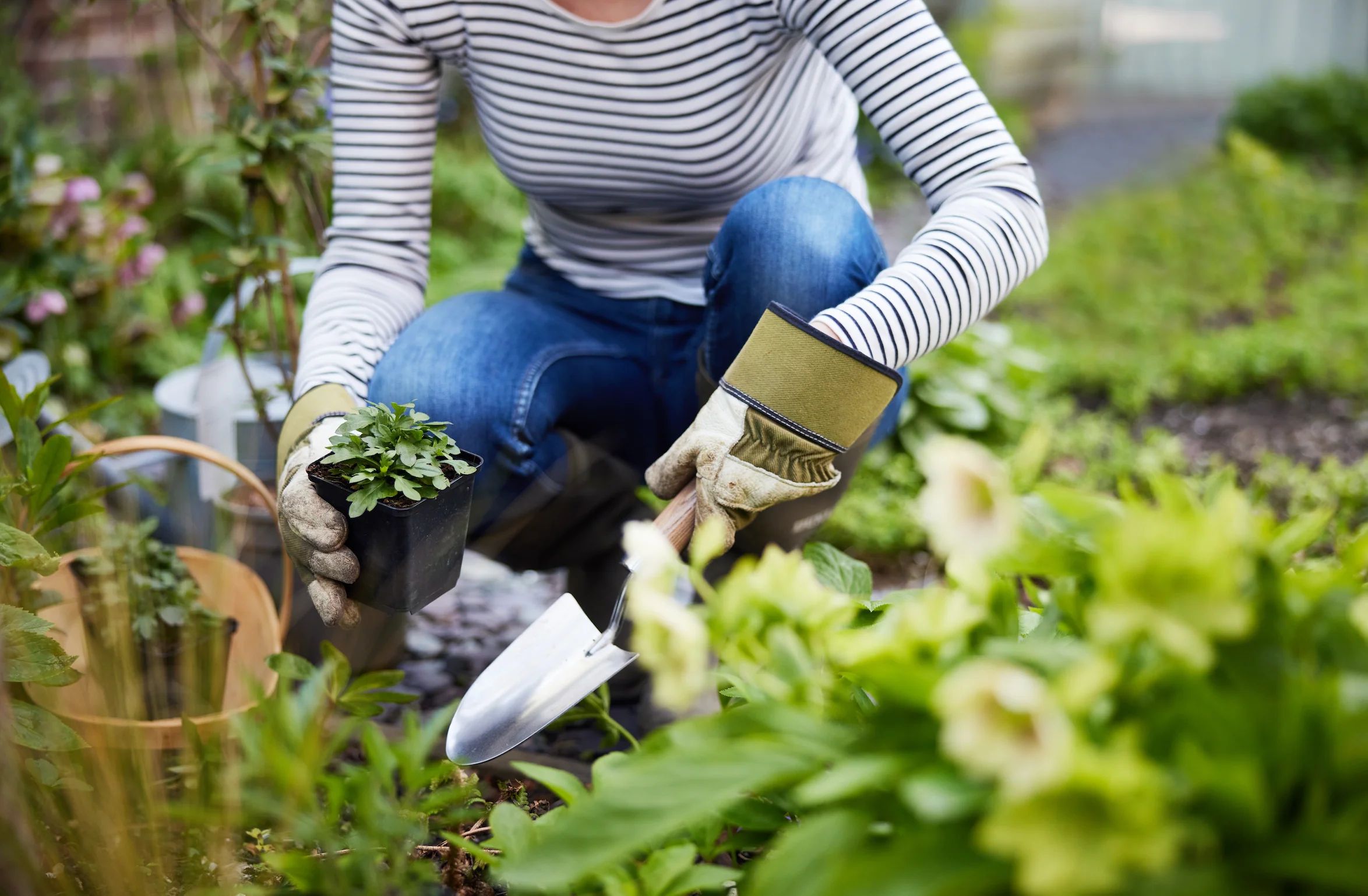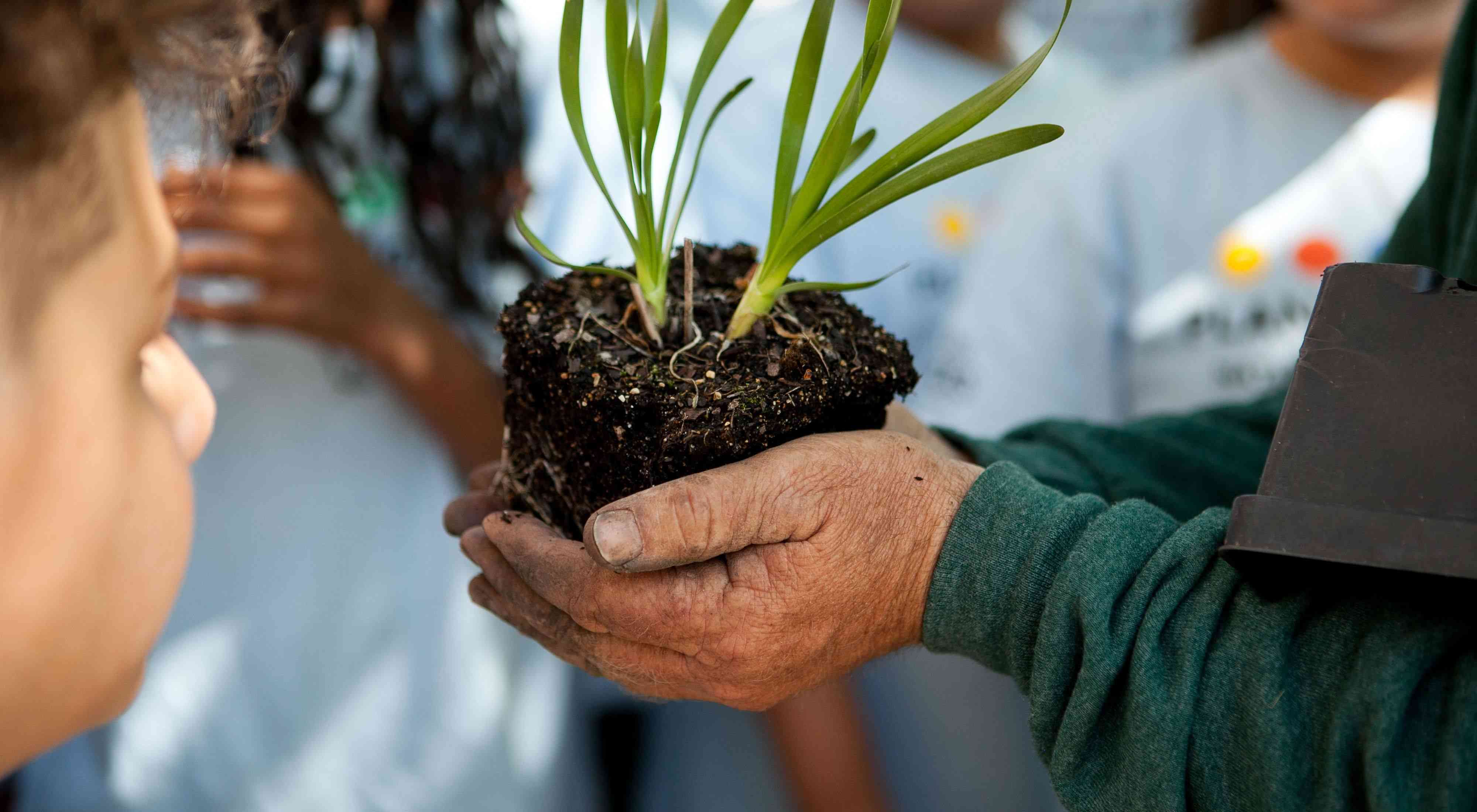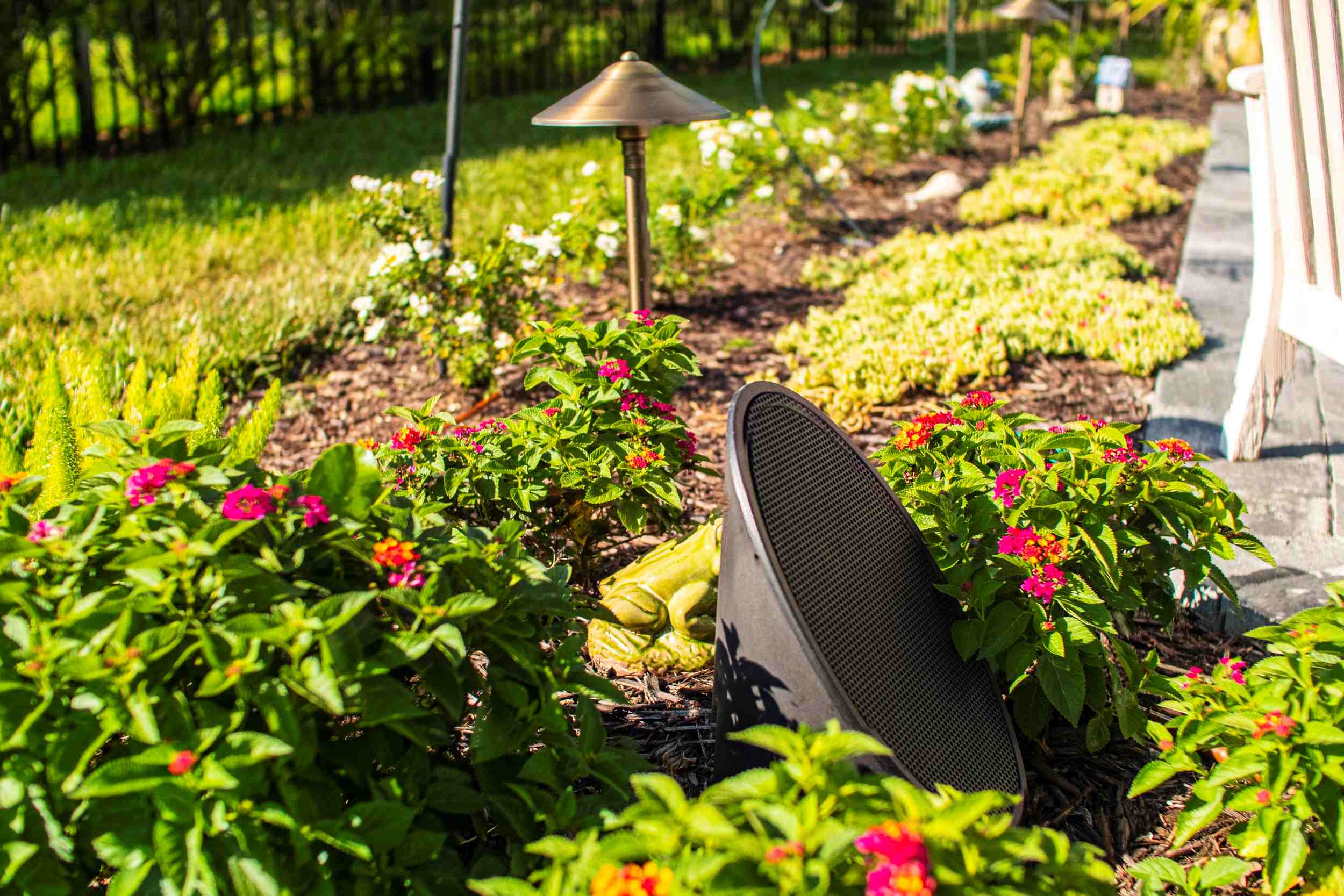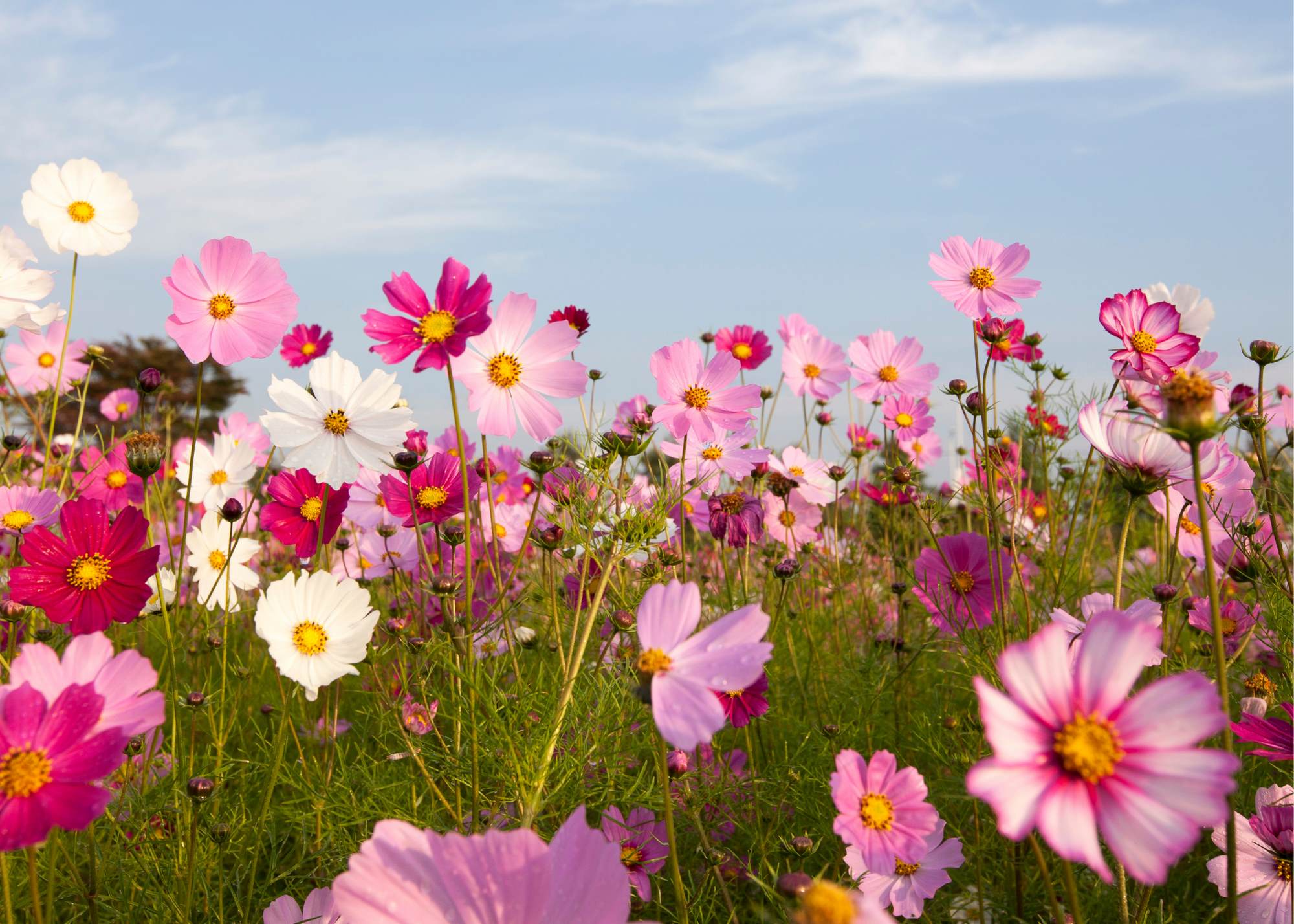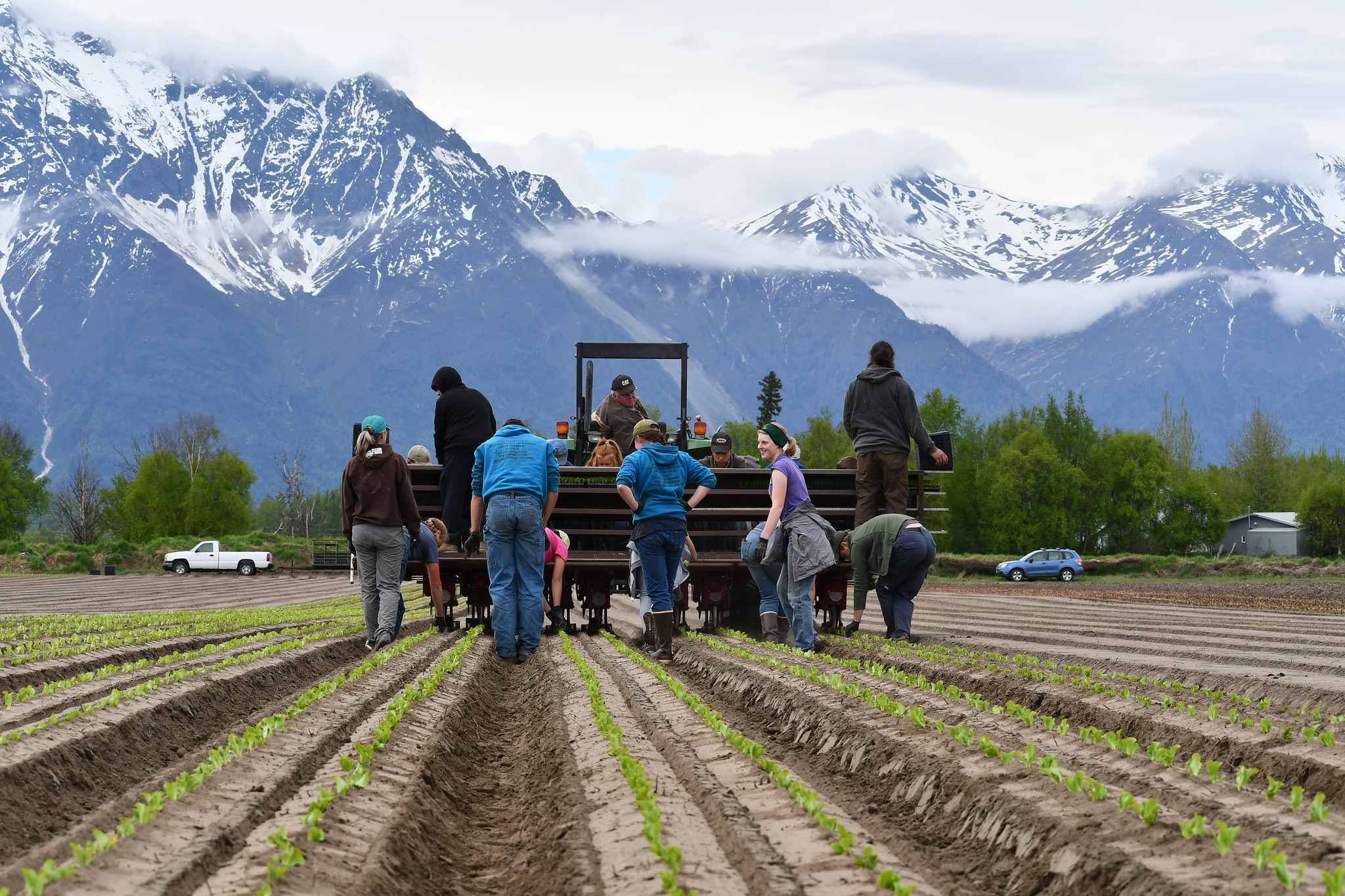Home>Gardening Basics>Understanding Soil>What Zone Are We For Planting
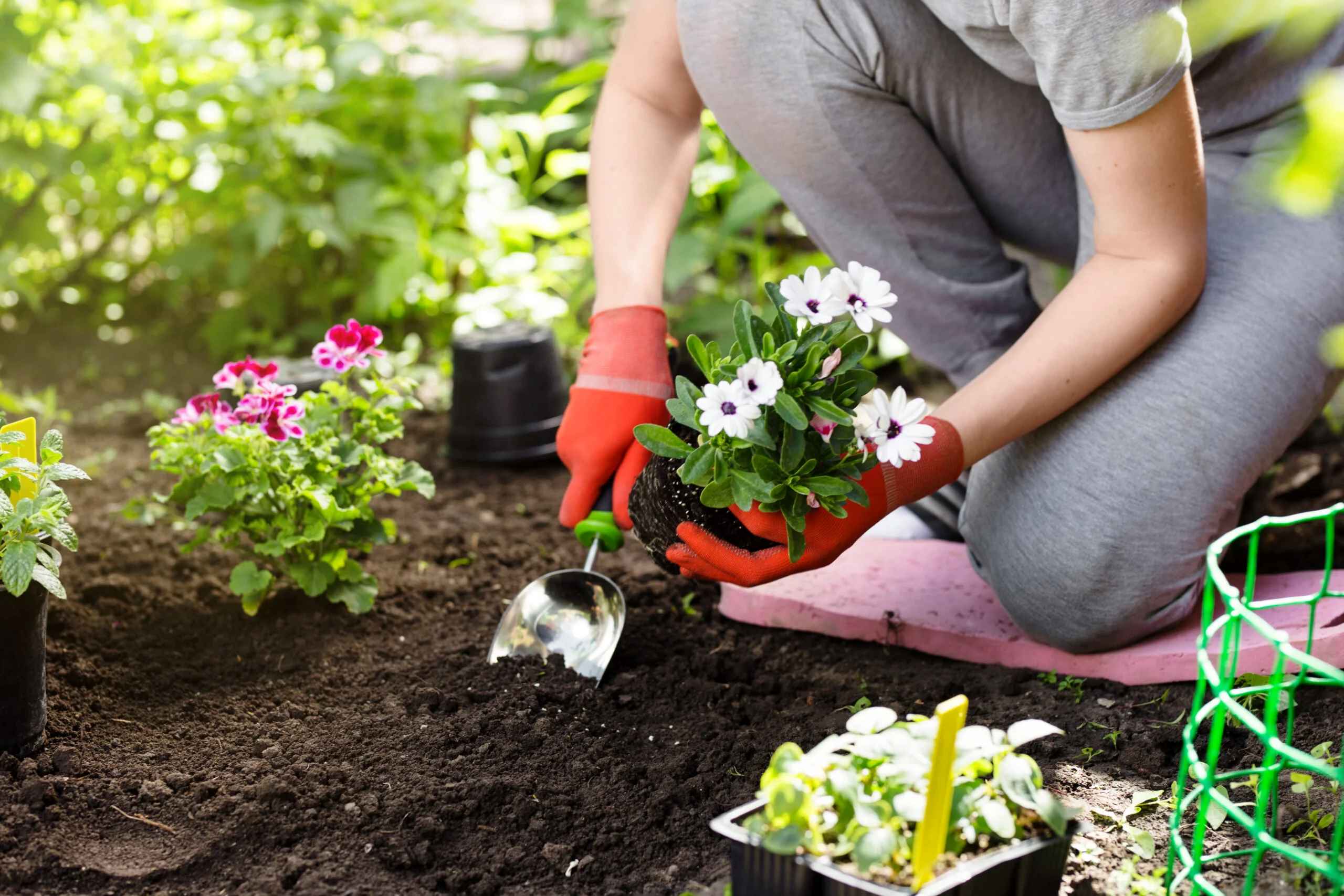

Understanding Soil
What Zone Are We For Planting
Modified: January 22, 2024
Discover what zone is ideal for planting by understanding soil. Learn how soil composition affects plant growth and choose the right plants for your area.
(Many of the links in this article redirect to a specific reviewed product. Your purchase of these products through affiliate links helps to generate commission for Chicagolandgardening.com, at no extra cost. Learn more)
Table of Contents
Introduction
Welcome to the world of gardening, where the soil beneath our feet holds the power to nurture and support life. Understanding soil is essential for any gardener, as it provides the foundation for healthy plant growth and bountiful harvests.
Soil is a complex and fascinating ecosystem, filled with microorganisms, organic matter, and minerals. It plays a vital role in determining what can be planted, how plants grow, and their overall health. Gardening enthusiasts know that the success of their green endeavors hinges on a deep understanding of soil and its properties.
A key consideration when it comes to soil is its planting zone. Planting zones help gardeners identify the specific climatic conditions and environmental factors in their region, as well as determine the types of plants that are best suited for their area. By knowing your planting zone, you can make informed decisions about which plants to grow, when to plant them, and how to care for them.
Whether you’re a seasoned gardener or just starting out, this article will provide a comprehensive overview of planting zones and their significance. We’ll explore the factors that affect planting zones, the different types of zones, and why it’s important to know your specific planting zone. Additionally, we’ll delve into the methods for determining your planting zone and how to adjust your planting practices accordingly. By the end, you’ll be equipped with the knowledge to cultivate a thriving garden that flourishes in your unique soil conditions.
Understanding Planting Zones
Planting zones, also known as hardiness zones, are a crucial tool for gardeners to determine what plants will thrive in their specific climate. These zones divide geographical regions into areas with similar climatic conditions, helping gardeners understand the minimum temperatures their plants can tolerate.
The concept of planting zones was first introduced by the United States Department of Agriculture (USDA) in the 1960s. The USDA developed a map that divided the United States into different zones based on average annual minimum temperatures. This map, known as the USDA Hardiness Zone Map, has since been adopted worldwide and serves as a standard reference for gardeners.
Planting zones are typically numbered from 1 to 13, with 1 being the coldest zones and 13 indicating the warmest. Each zone is 10 degrees Fahrenheit (5.6 degrees Celsius) apart and represents a unique range of temperature tolerance for plants. For example, plants labeled as suitable for zone 8 can withstand temperatures ranging from 10 to 20 degrees Fahrenheit (-12 to -6 degrees Celsius).
Understanding planting zones is essential because different plants have varying temperature requirements to thrive. Some plants, commonly referred to as “hardy,” can withstand colder temperatures, while others, known as “tender” plants, require milder climates. By knowing the specific planting zone of your region, you can choose plants that are best adapted to your climate and increase the chances of a successful garden.
However, it’s important to note that planting zones are just one piece of the puzzle. Other environmental factors, such as soil type, sunlight exposure, humidity levels, and precipitation, also play a significant role in plant growth and survival. Therefore, while planting zones provide a helpful starting point, it’s crucial to consider these additional factors when planning and caring for your garden.
Factors Affecting Planting Zones
Planting zones are determined by a variety of factors that influence the local climate and determine the types of plants that can thrive in a given region. These factors include:
- Temperature: Perhaps the most significant factor in determining planting zones is the minimum temperature a region experiences. Different plants have varying temperature tolerances, and planting zones help gardeners identify the suitable range for specific plants.
- Elevation: Higher elevations generally have cooler temperatures due to the drop in air pressure. This can result in planting zones shifting at higher altitudes compared to lower-lying areas.
- Proximity to Water Bodies: The presence of large bodies of water, such as oceans or lakes, can moderate temperature extremes and create more favorable microclimates. Coastal areas, for example, often have milder winters and cooler summers than inland regions.
- Topography: The physical features of the land, such as mountains and valleys, can impact temperature and precipitation patterns. Mountainous regions, for instance, may have higher elevation planting zones on their peaks and lower zones in their valleys.
- Microclimates: Within a larger planting zone, there can be smaller microclimates that differ slightly in temperature and weather conditions. Factors such as exposure to sunlight, wind patterns, and the presence of buildings or vegetation can create microclimates that affect plant growth.
- Weather Patterns: Annual rainfall, snowfall, and the duration of the growing season also contribute to planting zones. Regions with shorter growing seasons or significant annual precipitation may have different planting zone classifications compared to areas with longer growing seasons or low precipitation.
By considering these factors, gardeners can have a better understanding of the specific conditions they must work with and choose plants that are more likely to thrive in their unique environment.
Types of Planting Zones
Planting zones can be categorized into specific types based on different factors and criteria. Here are the main types of planting zones that gardeners commonly encounter:
- Hardiness Zones: Hardiness zones, as mentioned earlier, are the most widely used classification system for planting zones. The USDA Hardiness Zone Map is divided into 13 zones, ranging from zone 1 to zone 13, based on average annual minimum temperatures. Each zone represents a 10-degree Fahrenheit difference.
- Heat Zones: Heat zones focus on the number of days with temperatures above 86 degrees Fahrenheit (30 degrees Celsius). This classification helps gardeners determine which plants can tolerate high heat and long periods of warmth. Heat zones are especially important in regions with hot and arid climates.
- Sunset Climate Zones: The Sunset Climate Zone system is used primarily in the western United States and takes into account more comprehensive climate data. It considers factors such as temperature, precipitation, humidity, wind patterns, and latitude. The Sunset Climate Zone Map divides regions into more specific zones, allowing gardeners to choose plants that are suited to their exact microclimate.
- Ecological Zones: Ecological zones take into account not just temperature, but also factors such as soil type, moisture levels, and plant communities. These zones consider the wider ecological context and are helpful for gardeners interested in creating sustainable and environmentally-friendly landscapes.
Each type of planting zone provides its own set of information and criteria for selecting suitable plants. Whether you’re using hardiness zones, heat zones, Sunset climate zones, or ecological zones, it’s important to choose the appropriate classification system that aligns with your region and gardening goals.
Importance of Knowing Your Planting Zone
Knowing your planting zone is crucial for successful gardening and optimal plant growth. Here are some key reasons why understanding your specific planting zone is important:
- Plant Selection: Different plants have different temperature requirements for optimal growth. By knowing your planting zone, you can select plants that are more likely to thrive in your climate. This ensures that you choose plants that can withstand the minimum temperatures of your region and reduces the risk of frost or heat damage.
- Plant Hardiness: Your planting zone provides valuable information about the hardiness of plants in your area. Hardiness refers to a plant’s ability to tolerate extreme temperatures. By choosing plants that are suited to your planting zone, you can increase the chances of your plants surviving and thriving.
- Timing of Planting: Knowing your planting zone helps you determine the best time to plant various crops and flowers. Each zone has a recommended planting schedule to maximize the growing season and avoid potential setbacks due to frost or extreme heat. By following the planting schedule specific to your zone, you can ensure that your plants have the best possible start.
- Optimal Plant Care: Different planting zones have specific environmental conditions that impact plant care. By knowing your zone, you can provide the appropriate care and conditions for your plants, such as watering, fertilizing, and sunlight exposure. Understanding your planting zone allows you to optimize plant care practices for the specific needs of your region.
- Plant Adaptation: Plants that are native or well-adapted to your planting zone have a higher likelihood of thriving without the need for excessive interventions. Knowing your zone allows you to choose native plants that are already adapted to your region’s climate, reducing the reliance on artificial supports and minimizing environmental impact.
By understanding your planting zone, you can make informed decisions about what to plant, when to plant, and how to care for your garden. It helps create a more harmonious and successful gardening experience, leading to healthier plants, abundant yields, and a more gratifying outdoor space.
How to Determine Your Planting Zone
Determining your planting zone is a relatively straightforward process. Here are some methods to help you determine which zone your garden falls into:
- USDA Hardiness Zone Map: The most commonly used method is to consult the USDA Hardiness Zone Map. It provides a comprehensive overview of planting zones across the United States. By finding your location on the map, you can determine your corresponding planting zone. The map can be easily accessed online or obtained from local nurseries or county extension offices.
- Online Zone Finders: Several websites offer interactive tools and zone finders that allow you to input your zip code or location details to determine your planting zone. These tools provide instant results and make it convenient to find your zone without the need for manual calculations.
- Local Gardening Resources: Local nurseries, garden centers, or agricultural extension offices are valuable resources for determining your planting zone. They often have region-specific maps, guides, or knowledgeable staff who can provide guidance and help you identify your zone accurately.
- Collaboration with Gardening Community: Engaging with fellow gardeners, whether it’s through local gardening clubs, online forums, or social media groups, can be beneficial in determining your planting zone. Experienced gardeners in your area can provide first-hand information and insights based on their own gardening experiences.
It’s important to note that microclimates and local variations in weather patterns can sometimes result in slight differences within a given zone. Therefore, it’s always a good idea to observe your own garden and consider local conditions in addition to your planting zone designation.
Once you determine your planting zone, you can use it as a valuable tool in selecting appropriate plants, planning your planting schedule, and providing optimal care for your garden.
Adjusting Planting Practices for Different Zones
Once you know your specific planting zone, it’s important to adjust your planting practices accordingly to ensure the best chances of success for your garden. Here are some key considerations when adapting your planting practices for different zones:
- Plant Selection: Choose plants that are recommended for your planting zone. Look for varieties that are known to thrive in your specific climate and can tolerate the minimum temperatures of your zone. Local nurseries and gardening resources can provide valuable guidance on suitable plant choices.
- Planting Schedule: Follow the recommended planting schedule for your zone. The timing of planting can vary depending on the length of the growing season and the average last frost date. Planting too early or too late can expose your plants to potential damage. Consult local gardening resources or extension offices to determine the optimal planting times for different crops.
- Soil Preparation: Understanding your planting zone can also help you prepare the soil appropriately. Different zones may have varying soil types and conditions, which may require specific amendments or adjustments. Conduct a soil test to assess its pH levels, nutrient content, and overall health, and make appropriate amendments based on the results.
- Irrigation: The water needs of plants can also vary based on their specific planting zones. Consider the average rainfall and evaporation rates of your region, as well as the specific water requirements of your chosen plants. Adjust your irrigation practices to ensure that your plants receive adequate moisture while avoiding overwatering or underwatering.
- Protective Measures: In regions with extreme temperatures or harsh weather conditions, consider implementing protective measures for your plants. Techniques such as mulching, using frost blankets, or constructing shade structures can help protect delicate plants from frost, intense sunlight, or strong winds.
- Continuous Monitoring: Regularly monitor the health and growth of your plants throughout the growing season. Keep an eye out for signs of stress, pest infestations, or diseases that may be more prevalent in your specific zone. Promptly address any issues to prevent further damage and ensure the vitality of your garden.
By adjusting your planting practices to the specific requirements of your planting zone, you can create an environment that is conducive to plant growth and maximize the success of your garden.
Conclusion
Understanding the concept of planting zones is crucial for any gardener looking to create a thriving and successful garden. By knowing your specific planting zone, you can make informed decisions about plant selection, planting timing, and care practices that align with the unique climate of your region.
Factors such as temperature, elevation, proximity to water bodies, topography, microclimates, and weather patterns all contribute to the determination of planting zones. By considering these factors, you can gain a deeper understanding of the environmental conditions that affect plant growth in your area.
Planting zones provide a valuable guideline for selecting suitable plants that can thrive in your region’s climate. They help you choose plants with the appropriate temperature tolerance, increase the likelihood of plant survival, and optimize the overall health and productivity of your garden.
Various types of planting zones, such as hardiness zones, heat zones, Sunset climate zones, and ecological zones, offer specific criteria and information to cater to different gardening needs and preferences. By using the appropriate classification system, you can narrow down your choices and focus on plants that are best suited to your situation.
Determining your planting zone can be accomplished through resources such as the USDA Hardiness Zone Map, online zone finders, local nurseries, gardening communities, and extension offices. These resources can provide valuable guidance and support in understanding your zone and making informed gardening decisions.
Lastly, adjusting your planting practices to your specific planting zone ensures the best chances of success for your garden. Taking into account factors such as plant selection, planting schedule, soil preparation, irrigation, protective measures, and continuous monitoring allows you to provide the optimal care and conditions for your plants.
By incorporating a deep understanding of planting zones into your gardening practices, you can embark on a rewarding and fruitful gardening journey, creating a beautiful and thriving garden that thrives in harmony with your unique soil and climate conditions.
